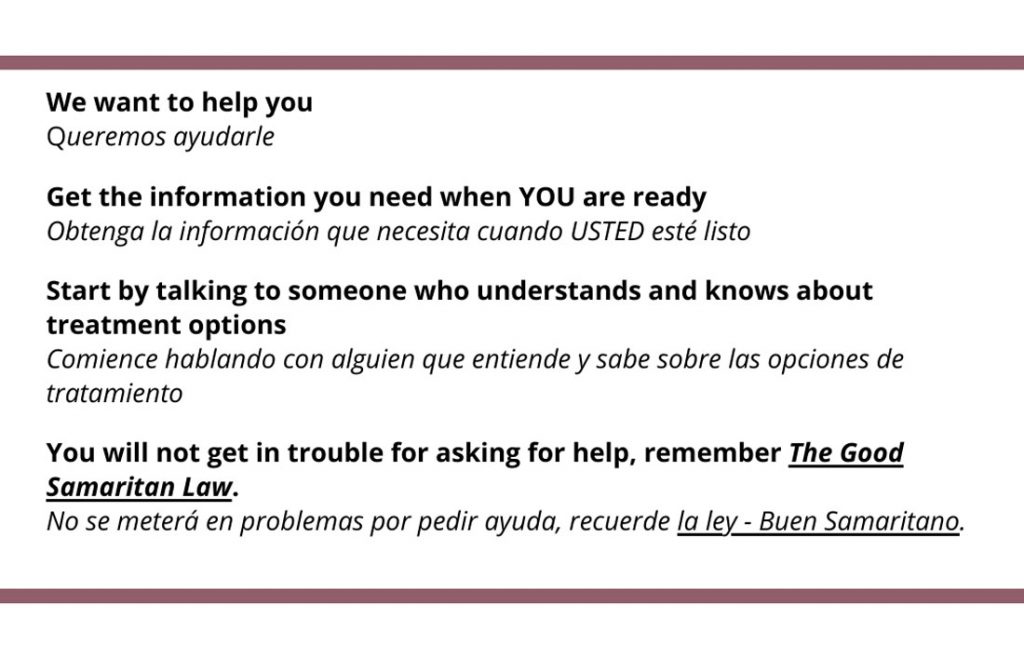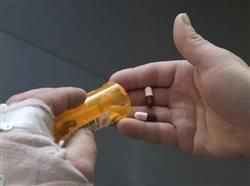San Benito County public safety and health officials are sounding the alarm about the dangers of fentanyl—a powerful opioid—after a recent and ongoing spike in drug overdoses.
In the last three months alone, 17 people in San Benito County have suffered opioid overdoses, requiring emergency medical professionals to administer Naloxone to each patient, according to county officials. Naloxone is a nasal spray, available over the counter and at public health facilities, that can reverse the effects of an opioid overdose.
From Jan. 1 to Dec. 22, a total of 36 overdose victims have required emergency naloxone, says a press release from San Benito County.
Authorities say the spike in overdoses is likely linked to the increasing presence of counterfeit pills—sold and purchased illicitly on the streets—that contain fentanyl. Users often have no idea the pills contain fentanyl, thinking instead that they are purchasing other drugs such as Xanax or oxycodone.
Fentanyl is a potent opioid that is 50 to 100 times as powerful as morphine. Health and substance abuse experts caution that even small amounts of the drug can cause overdose and death.
“Our office is very concerned regarding the uptick in overdoses,” said San Benito County Sheriff Eric Taylor. “Our community should be warned that taking any substance not from a pharmacy, prescribed to you, is equal to playing Russian roulette. Just one dose can be fatal.”
The rise of accidental fentanyl overdose has become a major concern nationwide, as well as in nearby Santa Clara, Santa Cruz and Monterey counties, according to authorities. On Sept. 27, the U.S. Drug Enforcement Agency issued its first public safety alert in six years, warning the American public about the increase in fake prescription pills containing fentanyl.
“These counterfeit pills are easily accessed, widely available and contain deadly amounts of fentanyl,” says the press release from the county. “Pills purchased outside of a licensed pharmacy are illegal, dangerous and can be deadly.”
Nationwide, drug overdoses have reached crisis levels. According to the U.S. Centers for Disease Control and Prevention, more than 93,000 Americans died of overdoses in 2020. That number represents more drug-related deaths than any previous year recorded in the U.S., according to authorities.
Overdose-related deaths have been slowly rising in San Benito County over the last three years as well. Data from the county coroner shows seven overdose deaths in 2019, nine deaths in 2020 and six in 2021, so far. The number of overdose deaths for 2021 is expected to increase as pending toxicology reports are completed. Five of the local overdose deaths in 2020 were related to methamphetamine, according to data from the San Benito County Opioid Task Force.
The Santa Clara County Medical Examiner has confirmed that at least one death in San Benito was related to a “new fentanyl analog,” says the press release. This new analog has been found in other counties.
City of Hollister public safety officials have seen many of the fentanyl-related overdoses firsthand. Hollister Police Chief Carlos Reynoso said the local police department has been concerned about the rise in drug-related health emergencies for several years.
“Our officers have administered Narcan (Naloxone) on several individuals in our community and have saved their lives,” Reynoso said. “Some of them are repeat offenders and they have received Narcan doses multiple times.”
He added that a complicating factor is the state’s increasing leniency on criminal penalties for offenders accused of possession or being under the influence of drugs. “We won’t know how many people would have been saved if they were sentenced to jail time and went through detox and then (with a clear mind) sought and received help or those that sought help with the threat of jail or prison time,” Reynoso said.
The San Benito County Opioid Task Force was created in 2017. The purpose of the task force is to pool resources from law enforcement, EMS, behavioral and public health and other agencies to raise awareness of the dangers of opioids and provide assistance to those who might be vulnerable.
A key aspect of that strategy is to encourage the public to be aware of the signs of overdose and become familiar with services within the community to assist those suffering from opioid or substance use disorder. An ongoing effort of the task force is to educate households and users about the availability of Naloxone and how to use it.
Naloxone can temporarily reverse the effects of an opioid overdose until help arrives, according to authorities. People who administer Naloxone and call 911 are protected under the state’s Good Samaritan law.
Naloxone can be obtained without a prescription from local pharmacies; by mail from NEXT Distro (www.nextdistro.org/intranasaltraining) or through the SBC Opioid Task Force by emailing sb****@**sb.us. Task force officials can train members of the public how to administer Naloxone as well.
SIGNS OF OVERDOSE
According to public health officials, signs of a potential opioid overdose include:
– Pale or discolored fingernails and lips;
– Slow, shallow, stopped breathing;
– Cold, clammy skin;
– Heartbeat is slow or stopped;
– Unconscious or unresponsive;
– Gurgling, vomiting, choking.


(sbcopioidtaskforce.org)










